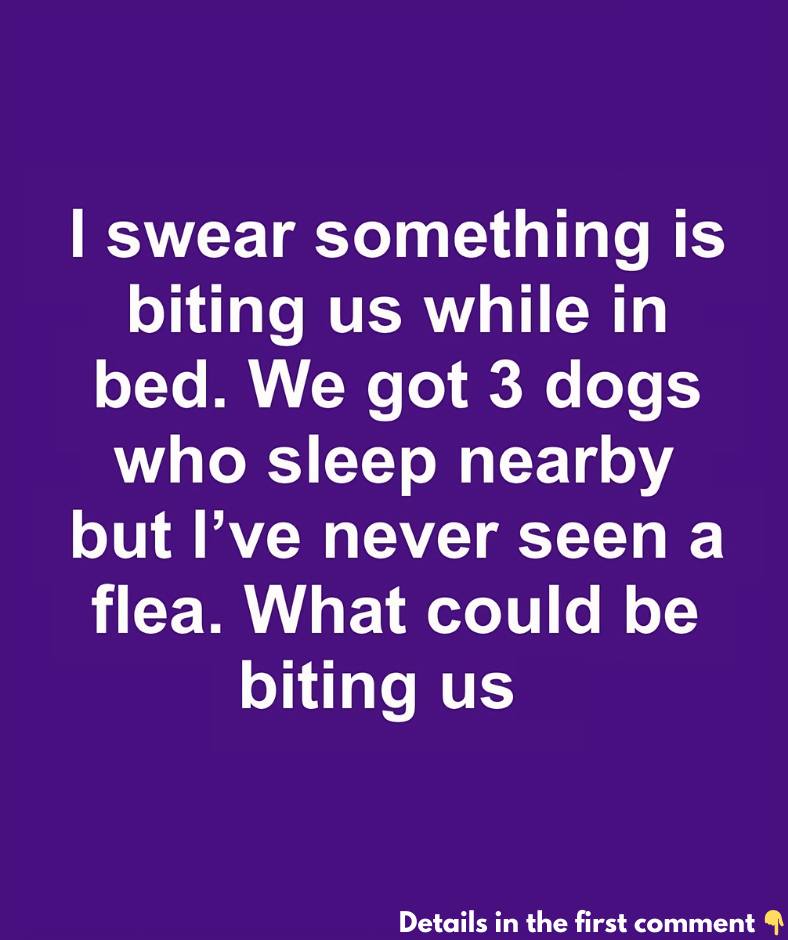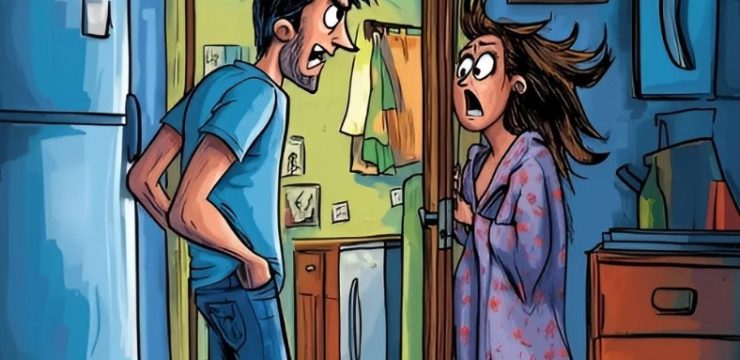Waking up with itchy, red bumps and no clear source is frustrating, to say the least. For pet owners, fleas are often the first suspect, but if you haven’t spotted any, other potential culprits may be to blame. Let’s explore what might be biting you at night and the steps you can take to find relief.

Identifying Bed Bug Bites
One way to narrow down the mystery of nighttime bites is to examine the marks closely. Bed bug bites often appear in clusters or lines, usually on exposed areas like arms, neck, and face. These bites tend to be red, slightly swollen, and very itchy. Flea bites, by contrast, are more often found around the lower legs and ankles, so if your bites fit these patterns, you might be dealing with bed bugs instead of fleas.
Common Pests That Could Be Biting You at Night
Several household pests are known to bite, including fleas, bed bugs, mites, and even mosquitoes. Each of these pests behaves differently and hides in various places, so understanding their habits can help you narrow down the source.
- Fleas: These pests tend to infest carpets, bedding, and furniture, often remaining hidden, especially in their larval or pupal stages.
- Bed Bugs: Known for hiding in mattress seams, bed frames, and even wallpaper cracks, bed bugs only emerge at night, making them particularly hard to detect.
- Mosquitoes: Although less common indoors, mosquitoes can enter through open doors or windows, leaving itchy bites in random spots on the body.
- Mites: Some mites, like scabies mites, can burrow into the skin and cause intense itching, although many mites don’t bite humans.
Examining bite patterns and knowing where each pest typically hides can help narrow down the suspects.
Fleas: Can They Be Hiding Even Without Visible Signs?
Fleas are sometimes not immediately visible, especially if they’re hiding in carpets, furniture, or your pet’s bedding. Just because you haven’t seen them on your pets doesn’t mean they’re not around. Fleas go through various life stages, including larvae and pupae, which are easy to overlook. Checking for “flea dirt” (small dark specks of flea waste) on pet bedding or carpets, and regular vacuuming, may help you spot signs of flea activity.
Bed Bugs: Unseen, But Not Unfelt
Bed bugs are notoriously elusive, hiding during the day in mattresses, bed frames, box springs, and wall cracks, only coming out at night to feed. If they’re the culprit, you may see tiny blood spots on your sheets or small dark droppings along mattress seams. Use a flashlight to inspect bedding and mattress seams carefully.
Dust Mites and Skin Sensitivities
While dust mites don’t bite, they can cause skin irritation for those with sensitivities. These microscopic creatures live in household dust, especially in bedding and upholstered furniture. For sensitive individuals, dust mites can trigger skin irritation that might feel like insect bites. If you’re prone to allergies, dust mites could be the source of red, itchy skin.
Pet-Related Pests: Fleas and Ticks
If you have pets, fleas and ticks are always worth considering. Fleas can transfer from your pets to your bedding, especially if pets sleep close by. Although less common indoors, ticks can latch onto pets during outdoor activities and detach indoors, potentially biting humans. Routine grooming and using flea and tick preventatives on pets can help reduce the likelihood of these pests entering your home.
Other Possible Culprits: Mites, Lice, and Small Insects
Aside from fleas and bed bugs, other biting insects might be at play:
- Scabies Mites: These mites burrow under the skin, causing intense itching and red bumps, usually on hands and wrists. Scabies requires treatment from a healthcare provider.
- Body Lice: Body lice live in clothing and bedding, only contacting skin to feed. They usually cause red, itchy bumps along clothing seams.
Could Allergies Be the Cause?
Sometimes, what feels like a bug bite might actually be an allergic reaction to something in your environment, like a new laundry detergent, fabric, or skincare product. If you’ve recently started using new products, try switching back to your old routine to see if the irritation subsides.
Steps to Identify What’s Causing Nighttime Bites
If you’re still unsure of the source, try these steps to narrow it down:
- Inspect Your Bedding and Mattress: Use a flashlight to check for bed bugs in mattress seams and corners.
- Check Your Pets: Look for signs of fleas or ticks on your pets, especially if they’ve been outdoors recently.
- Track the Bites: Take note of when and where bites appear, as patterns may point to specific pests.
- Use Glue Traps or Bed Bug Monitors: Place these around your bed to capture any small creatures that might be biting you.
Pest Control Strategies
Once you’ve narrowed down the likely sources, here are some effective methods for pest control:
- For Fleas: Wash pet bedding regularly and use vet-recommended flea control products. Vacuum carpets and furniture frequently.
- For Bed Bugs: Wash all bedding and linens in hot water and dry on high heat. For serious infestations, professional pest control may be necessary.
- For Dust Mites: Use hypoallergenic mattress covers, wash bedding in hot water, and vacuum regularly to minimize dust mite presence.
- For Lice or Scabies Mites: Wash all clothing and bedding in hot water and consult a healthcare provider for proper treatment.
When to Call in a Professional
If at-home solutions aren’t effective, it might be time to contact a professional pest control service. Professionals have access to stronger treatments and are trained to inspect areas you might overlook, which can be helpful for severe bed bug or flea infestations.
Preventing Future Bites and Infestations
Prevention is key to keeping pests out of your bed. Here are a few proactive tips:
- Seal Cracks and Crevices: Small entry points can become hiding spots for pests like bed bugs.
- Keep It Clean: Regularly clean bedding, floors, and furniture to reduce the chance of pest infestations.
- Limit Pet Access: Try to keep pets off your bed to prevent fleas or ticks from spreading.
- Use Protective Covers: Mattress encasements can help protect against bed bugs and dust mites.
Conclusion
Unexplained nighttime bites can be both frustrating and alarming. By systematically investigating potential sources and using the right approach, you can address this issue. With patience, careful observation, and a few proactive pest control strategies, you’ll be on your way to restoring a peaceful, bite-free sleep. Keep these tips handy to maintain a clean, pest-free space for you—and your pets!





